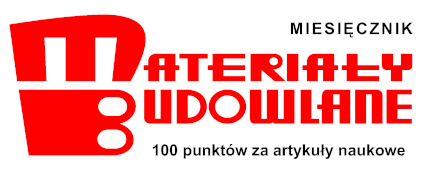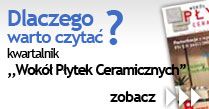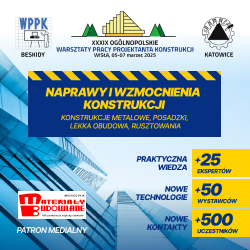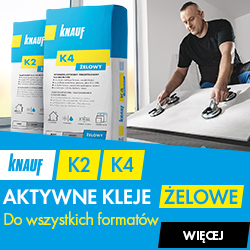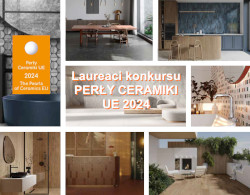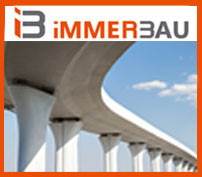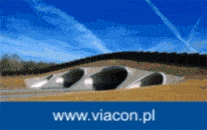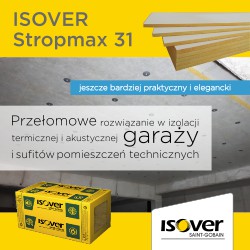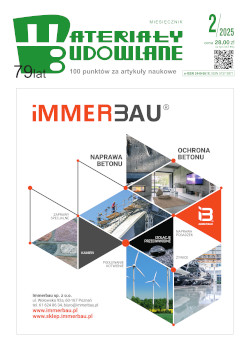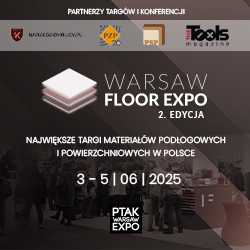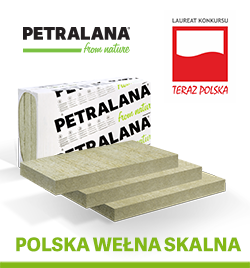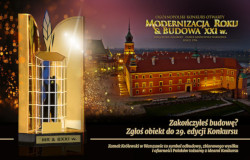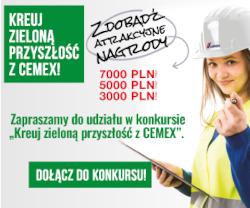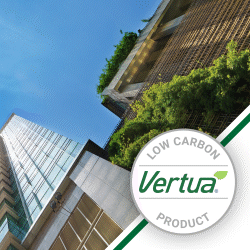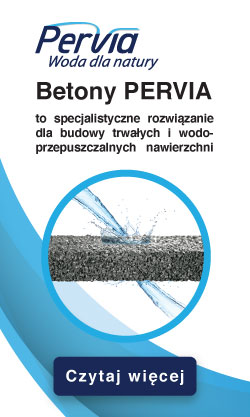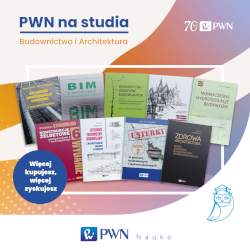Berit Straube, Hartmut Walther
Xella Technologie-und Forschungsgesellschaft GmbH, Niemcy
Autoklawizowany beton komórkowy (ABK), wytwarzany z naturalnych surowców o nieograniczonych zasobach, takich jak piasek, wapno, cement, woda i aluminium, ma unikatową porowatą strukturę, dzięki czemu zachowana jest optymalna korelacja między wytrzymałością na ściskanie a niewielkim ciężarem materiału. Dodatkowo małą przewodność cieplna powietrza sprawia, że autoklawizowany beton komórkowy jest jednym z najlepszych materiałów izolacyjnych. Głównym celem badań zaprezentowanych w artykule jest redukcja przewodności cieplnej. Autorzu udowadniają, że możliwe jest wytworzenie autoklawizowanego betonu komórkowego o gęstości w stanie suchym 330 – 350 kg/m3, wytrzymałości na ściskanie ≥ 2,7N/mm² oraz przewodności cieplnej niższej od 0,08 W/(mK).
***
AAC with low thermal conductivity
The structure of this optimized autoclaved aerated concrete (AAC) consisting essentially of calcium silicate hydrate phases, especially of 11 Å tobermorite does not contain inorganic filler like calcite. The absence of quartz and crystalline fillers ensures lower thermal conductivity values oven though the crystal structure of the silicate hydrate phases (CSH) phases. According to the tests, the calcium silicate hydrate pore structure with the residual quartz grain contents below 10% by mass is producible by ensuring that the SiO2 component in the hydrothermal process reacts fully or nearly fully (< 10% by mass of residual quartz grains) with the CaO component to give CSH phases, especially crystalline CSH phases, preferably to give 11 Å tobermorite which crystallizes out particularly efficiently. In terms of production, this is achieved by a common autoclaving process and by the use of very fine quartz flour as the SiO2 componenet. The production is not possible using cryptocrystalline or amorphous silica, for example with fumed silica or precipitated silica or with microsilica (amorphous SiO2 which forms in the preparation of silicon metals from ferrosilicon).


Materiały Budowlane 2/2013, strona 40-41 (spis treści >>)
